States of mind that the legal system cares about — memory, responsibility and mental maturity — have long been difficult to describe objectively, but neuroscientists are starting to detect patterns. Coming soon to a courtroom near you?
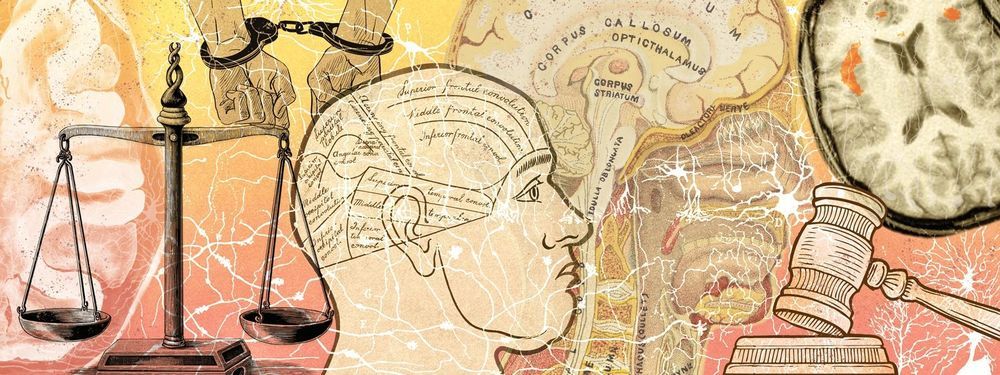

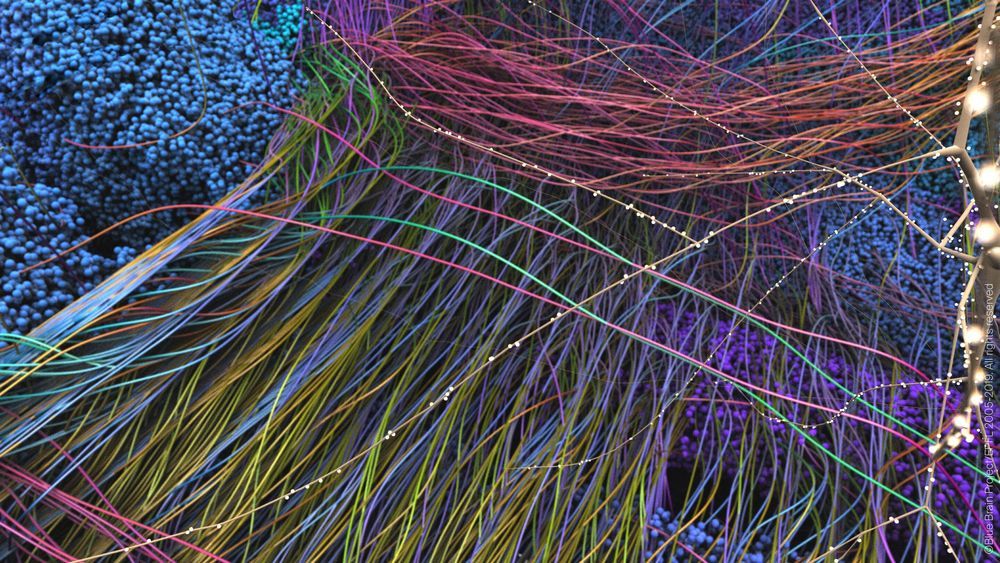
Researchers at EPFL’s Blue Brain Project, a Swiss brain research Initiative, have combined two high profile, large-scale datasets to produce something completely new—a first draft model of the rules guiding neuron-to-neuron connectivity of a whole mouse neocortex. They generated statistical instances of the micro-connectome of 10 million neurons, a model spanning five orders of magnitude and containing 88 billion synaptic connections. A basis for the world’s largest-scale simulations of detailed neural circuits.
Identifying the connections across all neurons in every region of the neocortex
The structure of synaptic connections between neurons shapes their activity and function. Measuring a comprehensive snapshot of this so-called connectome has so far only been accomplished within tiny volumes, smaller than the head of a pin. For larger volumes, the long-range connectivity, formed by bundles of extremely thin but long fibers, has only been studied for small numbers of individual neurons, which is far from a complete picture. Alternatively, it has been studied at the macro-scale, a ‘zoomed-out’ view of average features that does not provide single-cell resolution.
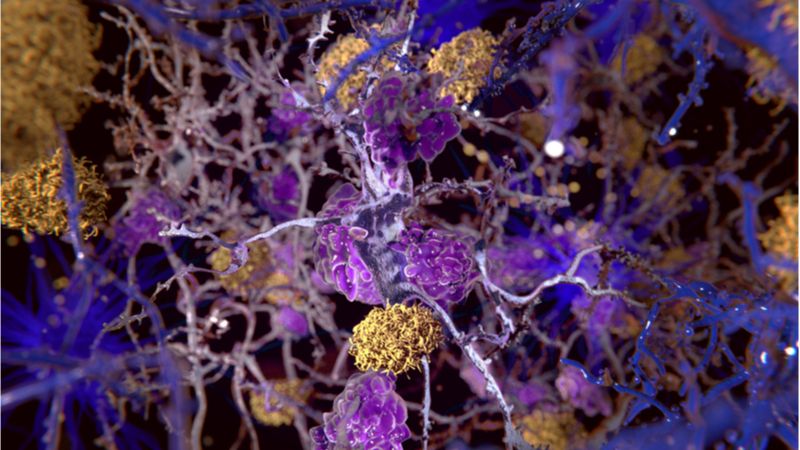
The macrophages resident in the brain and spinal cord appear to be a key element in the progression of Alzheimer’s disease, according to the results of a new mouse study.
Microglial mayhem
As we age, our immune cells become increasingly dysfunctional; once-helpful cells can behave in harmful ways, promoting persistent inflammation, impairing tissue regeneration, and possibly also facilitating the progression of age-related diseases.
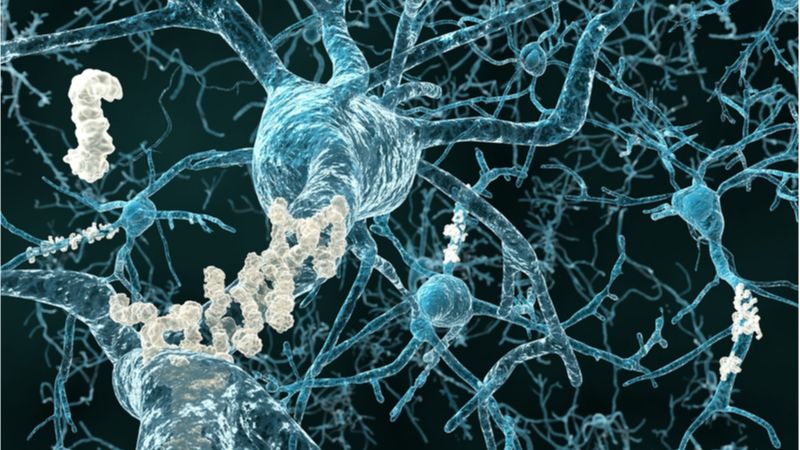
In a recent study, a team of researchers has discovered that a naturally occurring protein called Lipocalin-type prostaglandin D synthase (L-PGDS) prevents, and can destroy, the protein aggregates associated with Alzheimer’s disease.
Surprisingly common and with critical functions
L-PGDS is a common protein, second only to albumin, in the human brain. It provides several critical functions, including regulation of processes and protection against further damage from ischemic strokes. It has been shown to be a molecular chaperone, preventing amyloid beta from forming the deadly aggregates associated with Alzheimer’s, and, perhaps most importantly, it has been shown to destroy aggregates that already exist. Not surprisingly, people who suffer from Alzheimer’s disease lack adequate amounts of this critical protein.
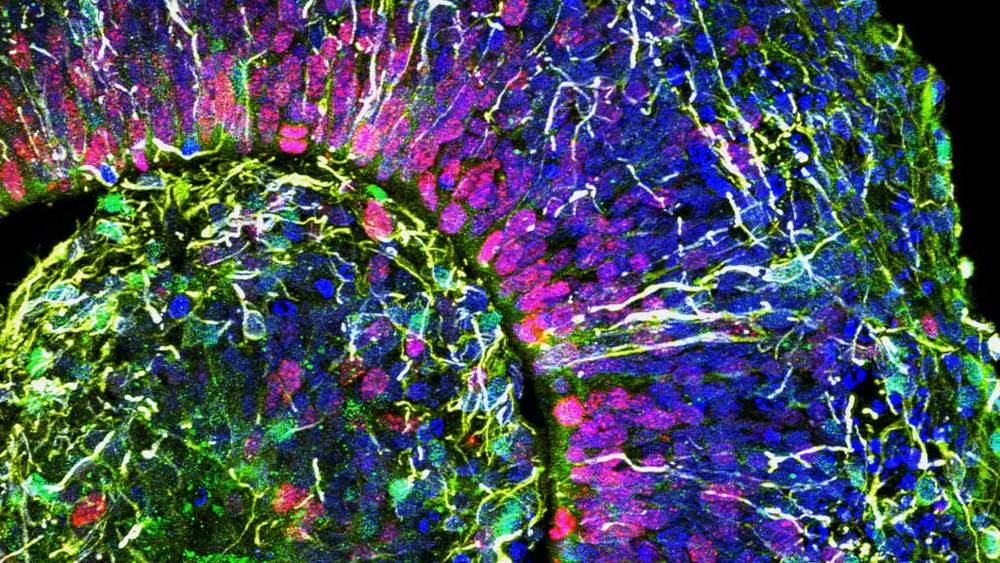
C.A. Trujillo et al. Complex oscillatory waves emerging from cortical organoids model early human brain network development. Cell Stem Cell. Vol. 25, October 3, 2019, p. 1. doi: 10.1016/j.stem.2019.08.002.
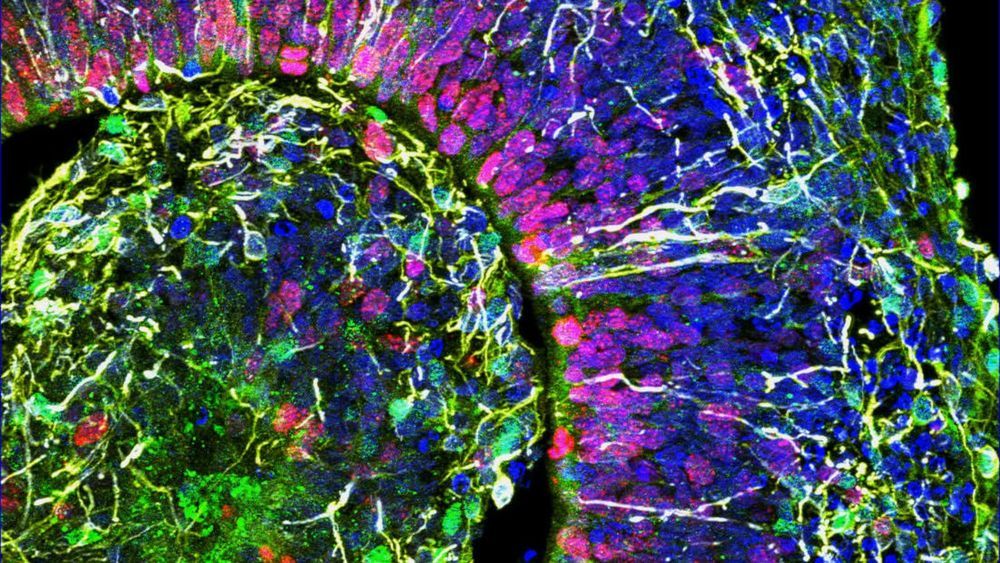
One way that scientists can non-invasively study the human brain is by growing “mini-brains,” clusters of brain cells each about the size of a pea, in the lab. In a fascinating progression of this line of research, a team this week reports that they observed human-like brainwaves from these organoids.
Previous studies of mini-brains have demonstrated movement and nerve tract development, but the new study from researchers at the University of California San Diego, led by biologist Alysson Muotri, is the first to record human-like neural activity. In their paper, published in Cell Stem Cell on Thursday, the researchers write that they observed brain wave patterns resembling those of a developing human. This sophistication in the in vitro model is a step to enable scientists to use mini-brains to study brain development, model diseases, and learn about the evolution of brains, according to Muotri.
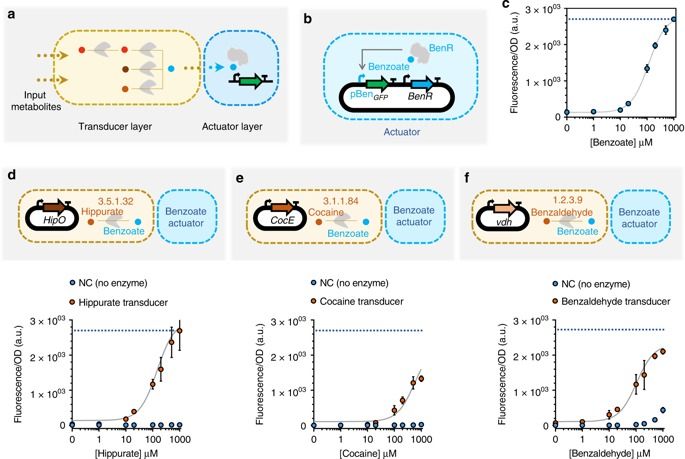
Synthetic biological circuits are promising tools for developing sophisticated systems for medical, industrial, and environmental applications. So far, circuit implementations commonly rely on gene expression regulation for information processing using digital logic. Here, we present a different approach for biological computation through metabolic circuits designed by computer-aided tools, implemented in both whole-cell and cell-free systems. We first combine metabolic transducers to build an analog adder, a device that sums up the concentrations of multiple input metabolites. Next, we build a weighted adder where the contributions of the different metabolites to the sum can be adjusted. Using a computational model fitted on experimental data, we finally implement two four-input perceptrons for desired binary classification of metabolite combinations by applying model-predicted weights to the metabolic perceptron. The perceptron-mediated neural computing introduced here lays the groundwork for more advanced metabolic circuits for rapid and scalable multiplex sensing.

During his year in space, Scott Kelly was zapped relentlessly by radiation — the equivalent of 10 chest X-rays a day for more than 11 months starting in March of 2015. The onslaught damaged the astronaut’s DNA and affected his immune system while raising his risk for cancer. And Kelly was aboard the International Space Station, whose tight orbit around Earth lies within the magnetic field that surrounds our planet and blocks the most damaging forms of radiation.
Astronauts who travel to Mars or other destinations in deep space will leave Earth’s protective cocoon for months or years at a time. And a new NASA-funded study suggests that chronic exposure to radiation could harm astronauts’ minds as well as their bodies — potentially affecting space flyers’ moods and even their ability to think.
That could be a big deal.
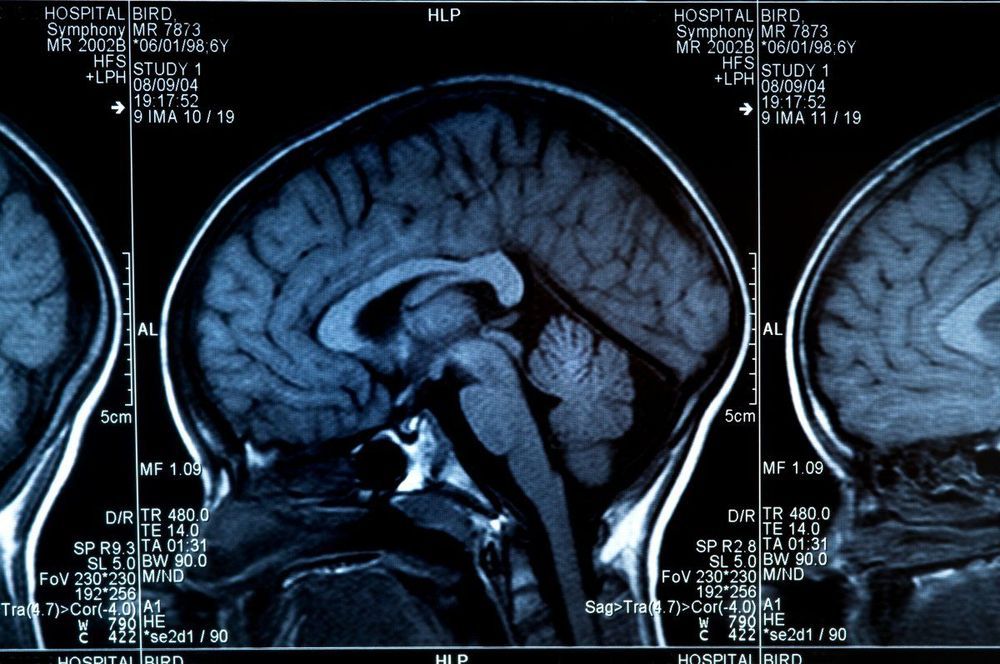
FINDLAY, Ohio — Pharmacy students at the University of Findlay believe they’ve developed a new drug that could target the most aggressive form of cancer occurring in the brain.
The oral compound, RK15, targets glioblastomas, an aggressive brain cancer. The disease has a 10 percent, five-year survival rate.
If it’s successful, the medication would remove the need for risky medical procedures which require physical access to brain tissue, according to the University of Findlay.